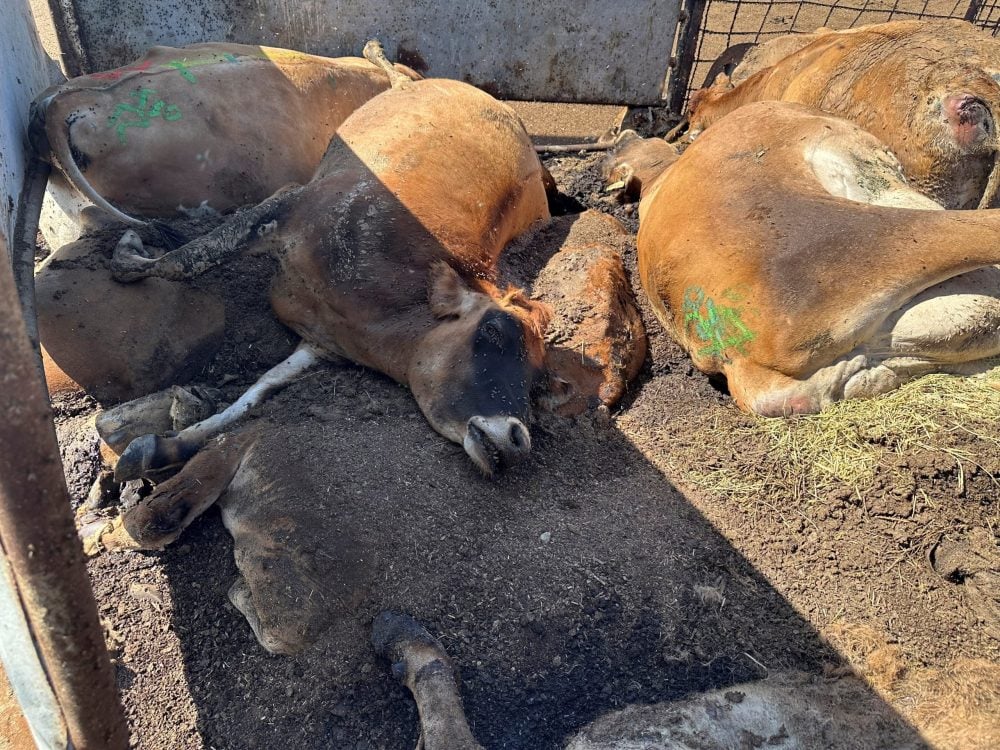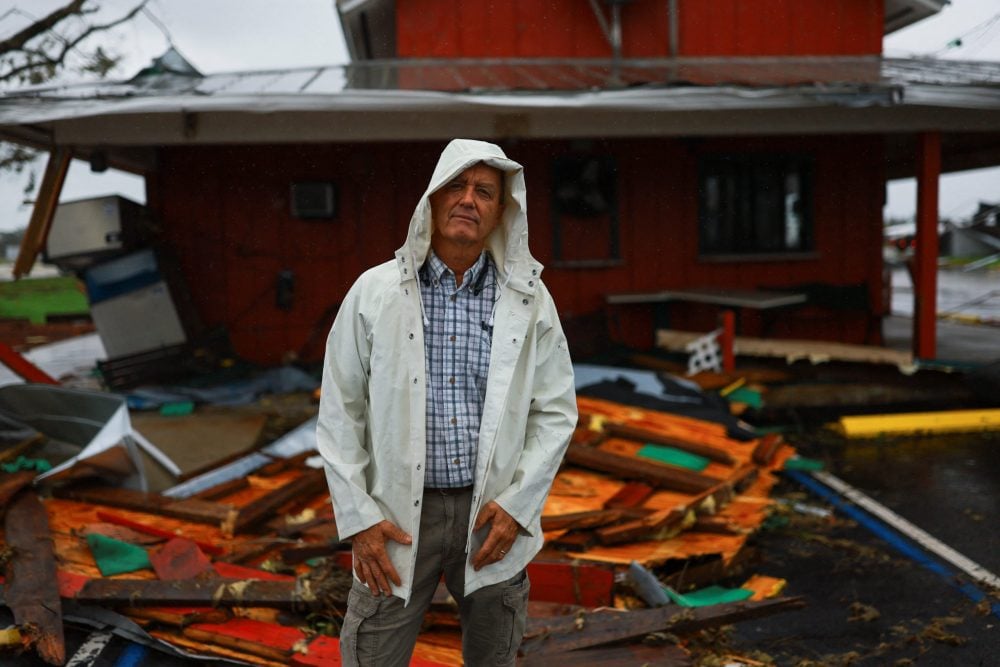Cows dead from bird flu rot in California as heat bakes dairy farms

Cows in California are dying at much higher rates from bird flu than in other affected states, industry and veterinary experts said, and some carcasses have been left rotting in the sun as rendering plants struggle to process all the dead animals.
Carcasses left in the open and picked over by scavengers could facilitate the spread of bird flu to other birds and wild animals or degrade the carcasses such that they cannot be processed for rendering, experts told Reuters.
Bird flu has spread to more than 300 dairy herds in 14 states this year, and infected 120 herds in top milk producing state California since the end of August. The virus also has infected 25 people this year, including 11 in California.
Read Also


Hurricane Milton caused $1.5-$2.5 billion in losses to Florida agriculture
Hurricane Milton caused an estimated $1.5 billion to $2.5 billion (C$2.1 billion to $3.4 billion) in damage to Florida’s crops and agricultural infrastructure, according to a preliminary assessment released by the state’s Department of Agriculture and Consumer Services on Thursday.
Infected herds in California are seeing mortality rates as high as 15 per cent or 20 per cent, compared to two per cent in other states, said Keith Poulsen, a veterinarian and director of the Wisconsin Veterinary Diagnostic Laboratory who has researched bird flu.
The California Department of Food and Agriculture did not respond to questions about the mortality rate from bird flu.
In the state’s Central Valley, extreme heat has exacerbated health issues in cows suffering from the virus, which causes fever, slowed milk production and other symptoms, said Anja Raudabaugh, CEO of Western United Dairies, which represents almost 90 per cent of the state’s dairy farms.
Farms that might normally lose one or two cows per month have had hundreds die, Raudabaugh said.
Farmers contract with rendering companies to pick up dead cows. But rendering companies, which process the carcasses to produce tallow and hide, are struggling to keep up, leading some farmers to leave cows outside for days, Raudabaugh added.
Steve Lyle, spokesperson for California’s agriculture department, said the state’s rendering industry has capacity for the higher mortality rates, and that one rendering company experienced delays this month as a result of hotter temperatures.
Temperatures in the southern Central Valley, home to many dairies, have exceeded 95 degrees Fahrenheit (35 degrees Celsius) six times so far in October, according to the National Weather Service.
Baker Commodities, a California rendering company, has seen an increase in dead dairy cows due to the heat and bird flu, said spokesperson Jimmy Andreoli II.
The company’s routes have been somewhat delayed by safety measures, which include drivers disinfecting truck tires to avoid carrying bird flu from farm to farm, but it has been able to keep up with demand, Andreoli said.
The state needs to do more testing to contain the virus, said Crystal Heath, a veterinarian in Los Angeles who took photos of dead cows outside Mendonsa Dairy in Tulare County.
As a safety measure, farmers leave dead infected cows far from their healthy herds to decrease the risk of further spread, said Raudabaugh, whose organization represents Mendonsa Dairy. Mendonsa could not be reached for comment.
Joey Airoso, a Tulare County dairy farmer, said he is surrounded by dairies that have been hit with bird flu infections.
“The way its been traveling around here, I feel like almost everybody will probably get it,” he said.
—Additional reporting for Reuters by Tom Polansek in Chicago
Source: Farmtario.com

